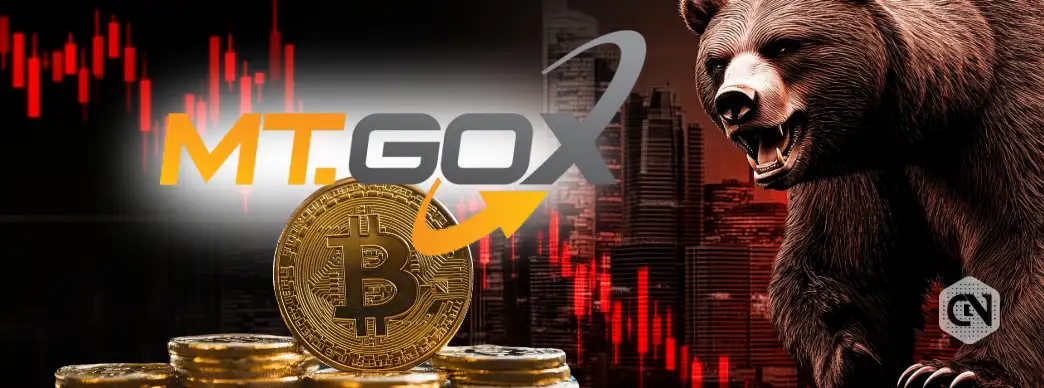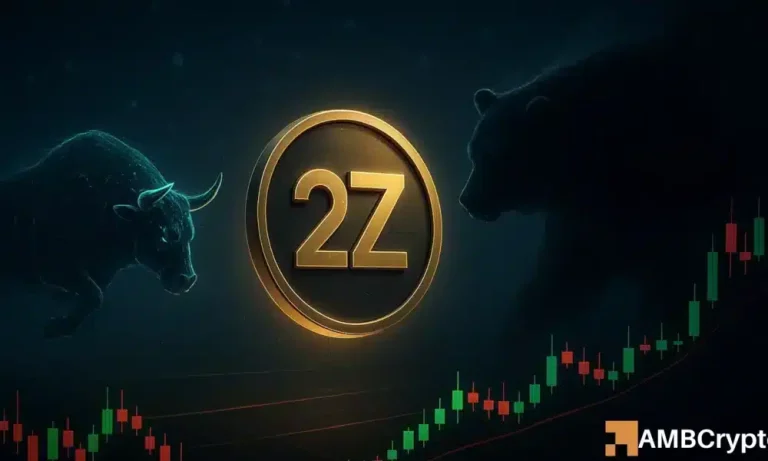
Bitcoin’s price dropped below $90,000 this week for the first time in seven months, sending shockwaves across the already fragile cryptocurrency market. This significant decline has sparked new concerns about the stability of digital assets as macroeconomic factors and institutional withdrawals create additional pressure.
Reasons Behind Bitcoin’s Significant Drop
The top cryptocurrency slipped to approximately $89,953 during Asian trading hours, breaching key support levels at $98,000 last week. This 30% drop from its October 2025 peak of $126,000 erases all gains for the year, leaving investors on edge about the future of Bitcoin’s market performance.
Market experts attribute this selloff to several factors:
- Mounting concerns over global economic stability and doubts about upcoming U.S. Federal Reserve interest rate reductions.
- A larger pullback within financial markets influencing riskier assets like cryptocurrencies.
- Institutions and companies liquidating positions after heavily investing during previous Bitcoin rallies.
The Role of Mt. Gox in Crypto Market Turmoil
Adding fuel to the fire, defunct cryptocurrency exchange Mt. Gox moved 10,423 BTC (approximately $936 million) into a new wallet after months of dormancy. Historically, large movements of BTC by Mt. Gox have preceded repayments to its creditors following the 2014 hack that lost 850,000 BTC.
This recent activity raised fears of increased selling pressure as many creditors are expected to sell their recovered Bitcoin. With Mt. Gox still holding approximately 34,689 BTC valued at $3.1 billion, any significant market movement tied to the exchange might exacerbate the current bearish sentiment.
Impacts on Associated Markets
The negative impact of Bitcoin’s drop echoes across several related sectors:
- Crypto-linked stocks: Shares of companies such as MicroStrategy, Coinbase, Riot Platforms, and Marathon have all seen sharp declines.
- Altcoins: Ethereum, which peaked in August, has now fallen nearly 40% to trade around $3,000.
- Derivatives: Bitcoin’s technical breakdown below $94,000 and formation of a “death cross” has led to liquidations surpassing $19 billion so far this month.
These developments highlight how interconnected the cryptocurrency ecosystem is, with bearish trends in Bitcoin rippling through other sectors and assets.
What Experts Are Saying
According to Joshua Chu, co-chair of the Hong Kong Web3 Association, “When support thins and macro uncertainty rises, confidence can erode with remarkable speed.” This sentiment echoes throughout the industry as institutions take profits and reposition their portfolios amid global economic concerns and market volatility.
Vincent Liu, CIO at Kronos Research, added, “Short-term selling from traders and funds adjusting exposure is weighing on prices.” Analysts predict that Bitcoin may retest support levels between $85,000 and $87,000, with a possibility of reaching as low as $74,000.
What’s Next for Bitcoin?
With the market trending lower, investors are closely watching for signs of stability:
- Will Bitcoin find and maintain support above $89,500?
- Could regulatory clarity or favorable Federal Reserve decisions alter the bearish trajectory?
- Will the broader market absorb or exacerbate the potential selling pressure from creditors liquidating their Mt. Gox repayments?
In these uncertain times, diversifying into reliable crypto investment strategies or exploring other financial markets may be wise. For instance, Fidelity’s upcoming Solana ETF offers an alternate avenue for those seeking fresh opportunities in the blockchain space.
Conclusion: Is Recovery Possible?
The cryptocurrency market remains volatile, with Bitcoin’s recent slump serving as a stark reminder of the risks involved. While there is potential for recovery with favorable macroeconomic developments or regulatory changes, the immediate outlook remains uncertain.
For cautious investors, now may be a time to reassess portfolios and consider diversifying across digital and traditional financial assets while maintaining a keen eye on market trends.



